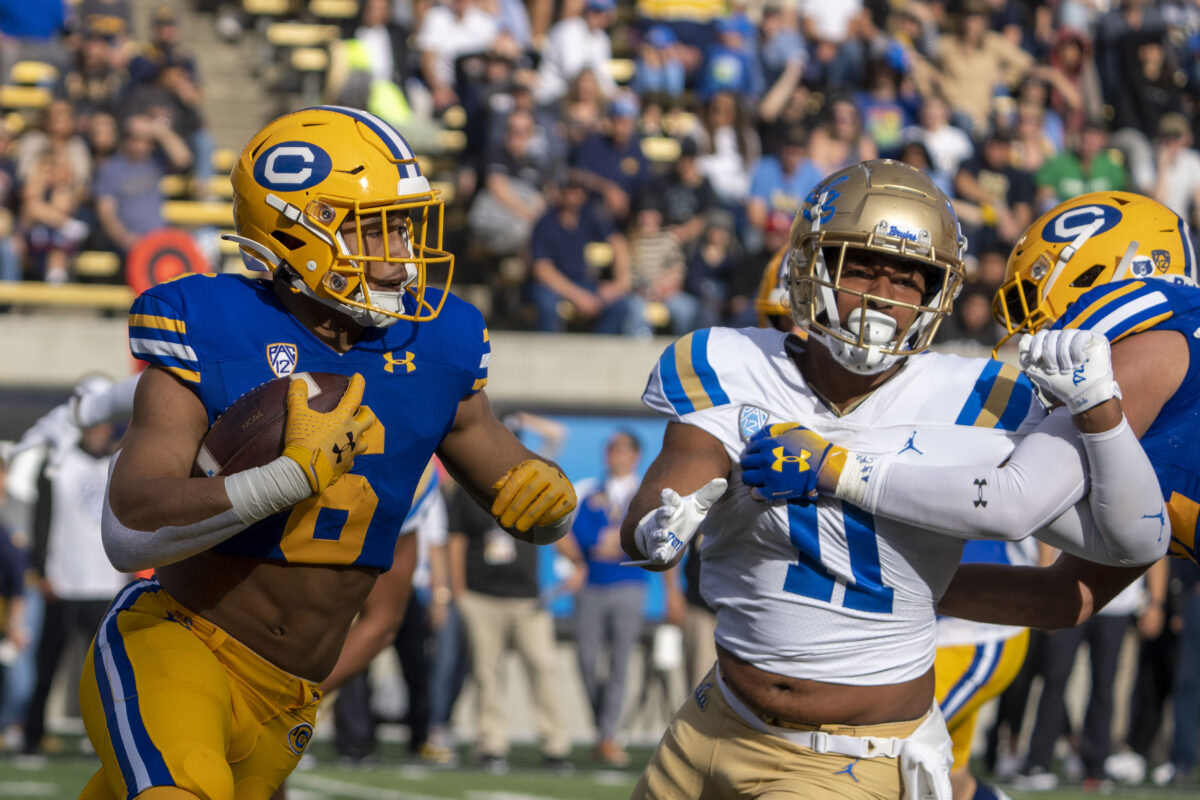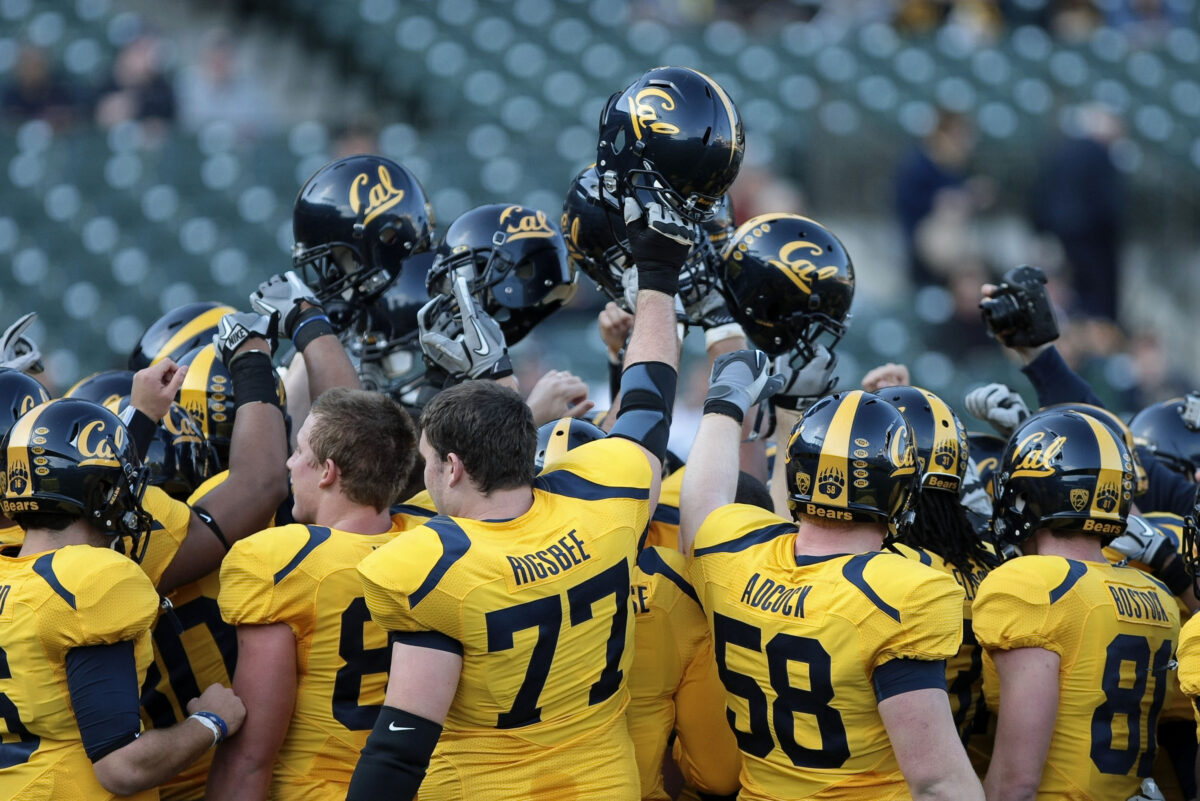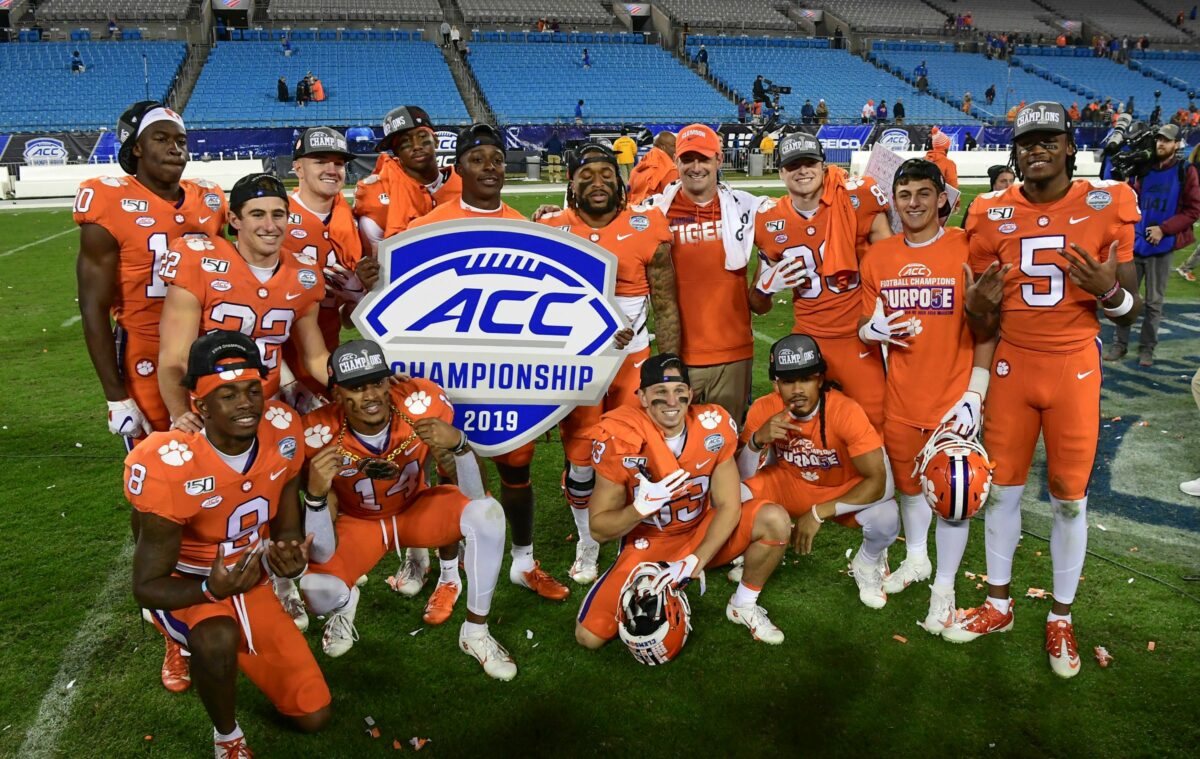College sports conference realignment is a very wild ride. It is so wild that it has introduced a new term into the college sports lexicon: Calimony.
This really is a support payment, but it’s not for a person. It’s for a school.
UCLA and California Berkeley are both part of the University of California school system, subjected to the UC Board of Regents. USC and Stanford, as private institutions, are not subject to the board and its goals or needs. UCLA and Cal are.
When UCLA went to the Big Ten and got its hands on a big new batch of television money, it was clear that the Bruins were going to have to pay Cal as a penalty or donation (depending on your point of view) for making that move, which destabilized the Pac-12 and, by extension, Cal.
The Golden Bears, in their move to the ACC, have agreed to a reduced revenue share for the first several years in the conference, freeing up television money for the ACC in its dealings with ESPN-Disney. Precisely because Cal is forgoing a chunk of revenue, it naturally stands to reason that UCLA will be on the hook for more — not less — money in its “Calimony” payment.
Jon Wilner of the Wilner Hotline is reporting on this story. His reportage notes that the Calimony subsidy could range from $2 million to $10 million. In light of Cal taking on the reduced revenue share, you should expect the number to be much closer to $10 million than $2 million at this point.
Let’s gather more reactions to the crazy, upside-down news that Cal will join the ACC, something which is really hard to wrap the mind around:



